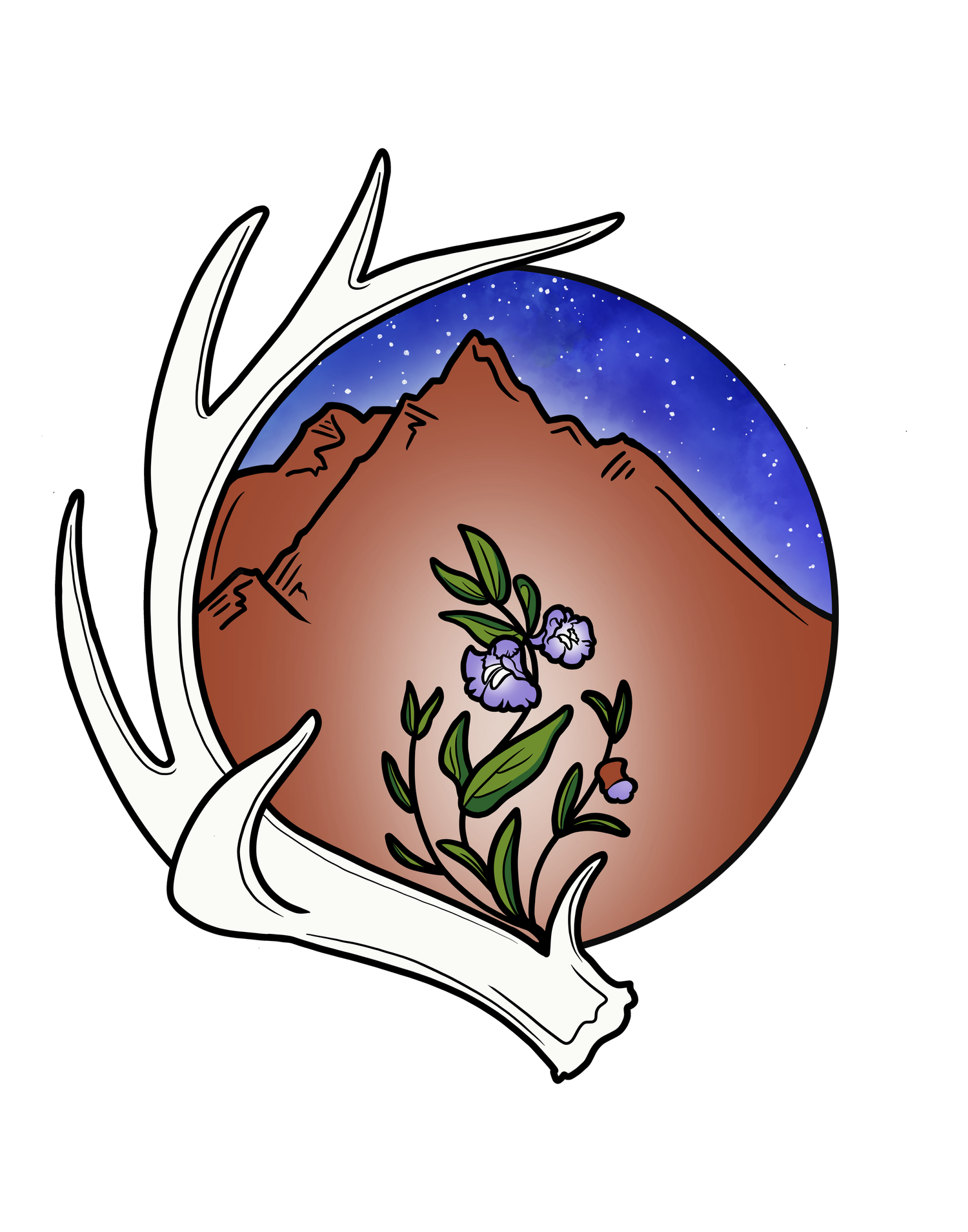From the Latin florescere meaning ‘begin to bloom’, an inflorescence is the part of the plant with all the flower parts. This includes the stems and stalks, as well as the usual petals, sepals, etc.
Sometimes plants are relatively simple, and have just one flower on one stem (a tulip would be a prime example). But the vast majority of the time, it’s a bit more complicated, with several to hundreds of individual flowers on an inflorescence.
To help narrow down this complexity, the different arrangements of flowers are given specific terms.
Solitary
This is the flower we all draw as children. A stick with a blob at the top. These flowers get a whole stem all to themselves, with out all the usual crowding. Tulips, daffodils and poppies are all examples.
Head
A dense cluster of stem-less (sessile) flowers, all crammed together on the same flower top (receptacle). Think of it like a party at a New York City studio apartment.
The fancy-schmancy name for this is pseudanthium, which roughly translated means ‘false flower’. It is thought of as false because what looks like a simple flower with a few petals is actually 10 or sometimes 1000’s of teeny-tiny individual flowers. Sunflowers, daisies, and dandelions are all examples of this deceptively complex type of inflorescence.
Spike
This is actually pretty straightforward. This means that the flowers are stemless and spread out along the tip-top of a stem. Another important part is that they bloom from the bottom up (very democratic). Mullein and Lavender are examples.
Raceme
This is strikingly similar to a spike, with the notable exception that each individual flower has it’s own little stem, called a pedicel (think of it like a mini pedestal, raising the flower up and off the main flower stem). A great way to remember this is to think of a cluster of grapes (the Latin root racemus literally means “a bunch of grapes”). Similar to the spike, these inflorescences also bloom from the bottom up. Foxglove, lupine, pokeweed, and of course grapes, are all examples.
Panicle
From raceme it’s just a small jump to panicle. This is when the flower stems have stems. Take a bunch of racemes, and put them on multiple branches, and you have a panicle. Since it’s basically just racemes all put together, it’s another case of the flowers blooming from bottom to top. Look closely and you’ll see that Lilacs, Elderberry and Horse Chestnut are all panicles.
Corymb
From the Greek korumbus, meaning ‘bunch of flowers’. I know, this sounds awfully vague. This is pretty much a panicle, only with the flowers all coming to a flat top instead of a loose blobular deal. Yarrow, Boneset, and Hawthorn are all examples.
Cyme
This come from the French word cime, meaning ‘top/summit’. This one is a bit more capitalist, as the flowers on cymes essentially bloom from the top down. The basic cyme is pretty straightforward (St. John’s Wort and gentian are examples). From there though, it is divided into numerous other types. My favorite, and probably the easiest to remember, is the scorpiod cyme. Looking like a fuzzy, curled scorpion tail, Comfrey and Borage are fun examples of these. Sometimes flowers are also put under the heading ‘cymose’ (read; cyme-like).
Umbel
One of the easiest to remember. From the Latin umbra for ‘shadow’, these are essentially little umbrellas flipped inside out. More technically speaking, an umbel is a inflorescence where the flower stems all come from the same point, and create a flattened or rounded top. There are generally 2 types of umbels. Imagine the spokes of an umbrella. If there are flowers at the end of the spokes, that is called a simple umbel. Onion, garlic, and milkweed are all examples. If there is another set of tiny umbrellas at the end of the spokes, that is called a compound umbel (those tiny sets of umbrellas are called ‘umbelletes’. Cute, I know:) Queen Anne’s Lace, Poison Hemlock and parsley are all examples.
Mix and Match
From all these inflorescence types, there are numerous variations. Compound corymbs, heliod cymes, vertilicaster. There are also a few genus specific flower types, such as cyathium, the flower type for Euphorbia. But by and large, flower types are some combination of the above.
